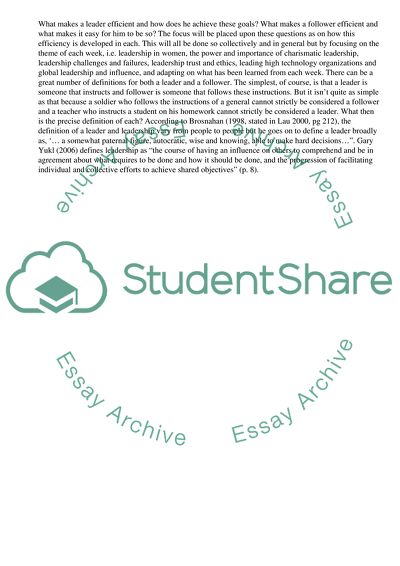Cite this document
(The Role of a Leader and Follower Assignment Example | Topics and Well Written Essays - 2500 words - 1, n.d.)
The Role of a Leader and Follower Assignment Example | Topics and Well Written Essays - 2500 words - 1. Retrieved from https://studentshare.org/management/1750082-group-leadership-project-reflection
The Role of a Leader and Follower Assignment Example | Topics and Well Written Essays - 2500 words - 1. Retrieved from https://studentshare.org/management/1750082-group-leadership-project-reflection
(The Role of a Leader and Follower Assignment Example | Topics and Well Written Essays - 2500 Words - 1)
The Role of a Leader and Follower Assignment Example | Topics and Well Written Essays - 2500 Words - 1. https://studentshare.org/management/1750082-group-leadership-project-reflection.
The Role of a Leader and Follower Assignment Example | Topics and Well Written Essays - 2500 Words - 1. https://studentshare.org/management/1750082-group-leadership-project-reflection.
“The Role of a Leader and Follower Assignment Example | Topics and Well Written Essays - 2500 Words - 1”, n.d. https://studentshare.org/management/1750082-group-leadership-project-reflection.


